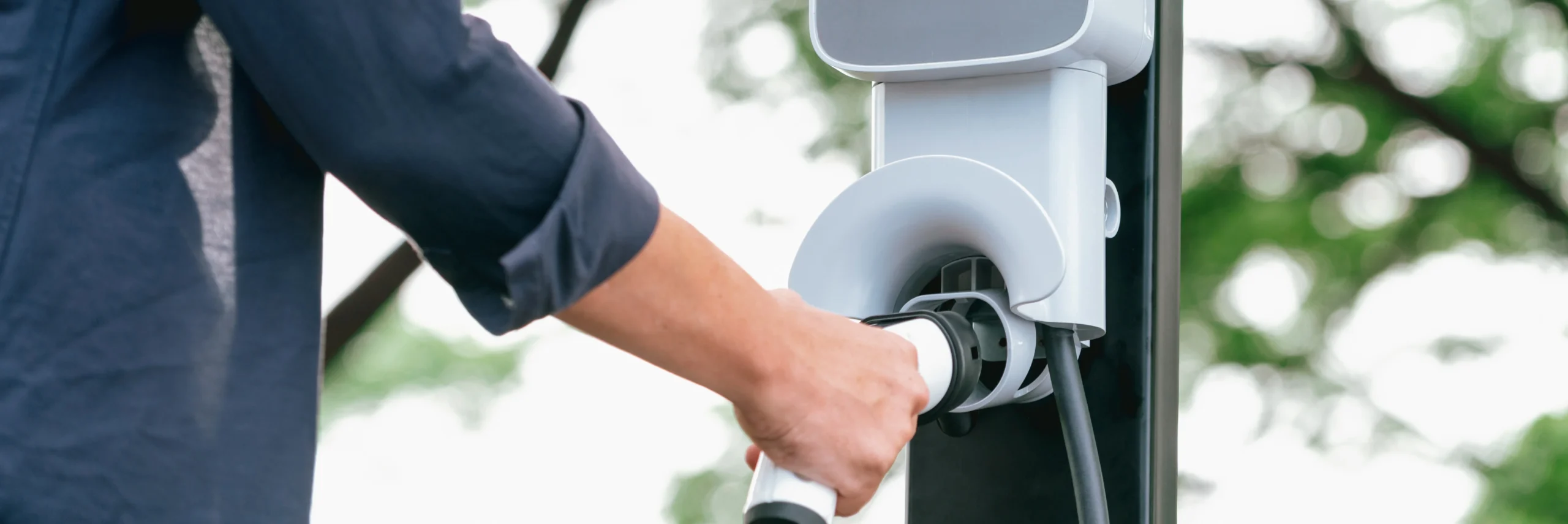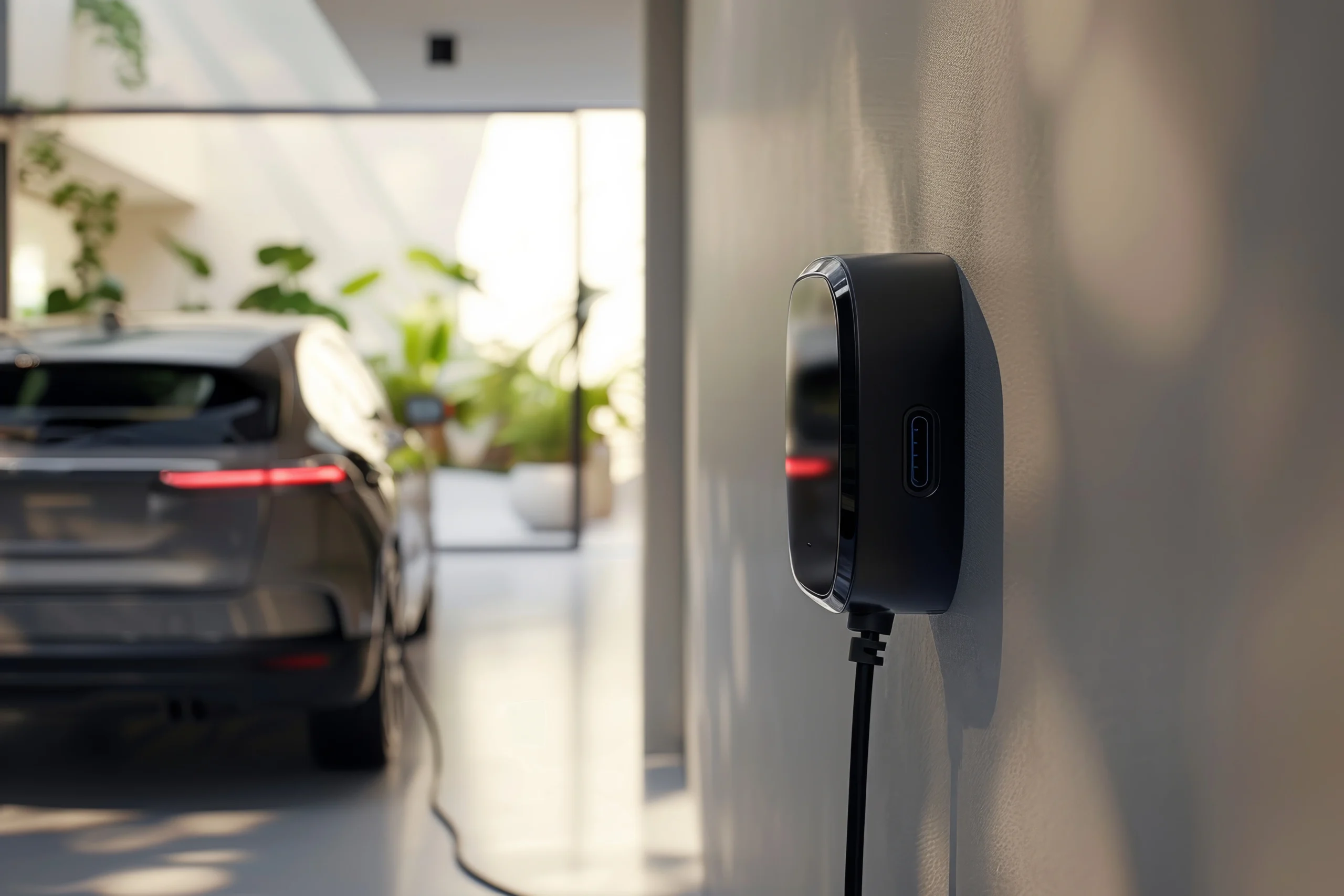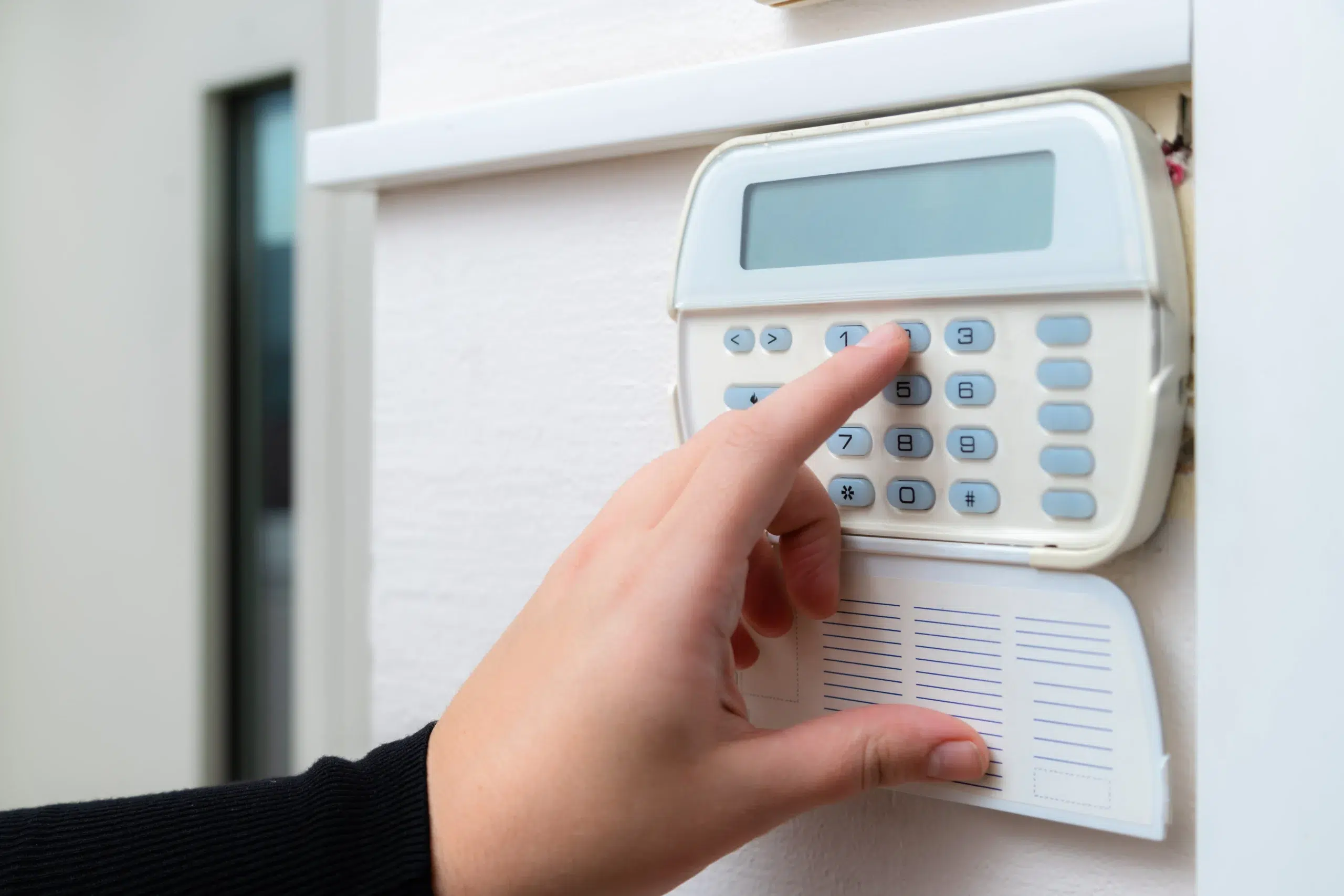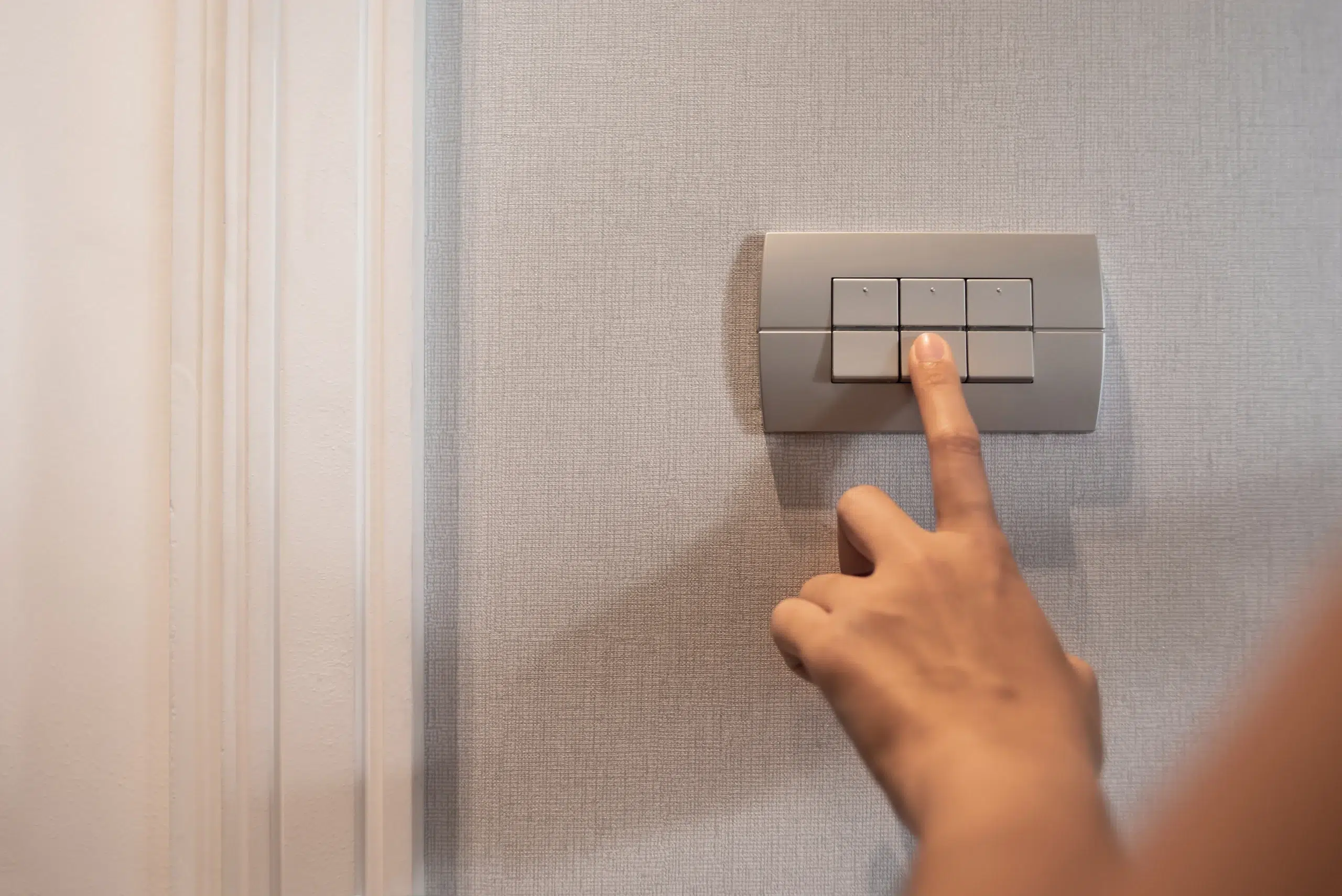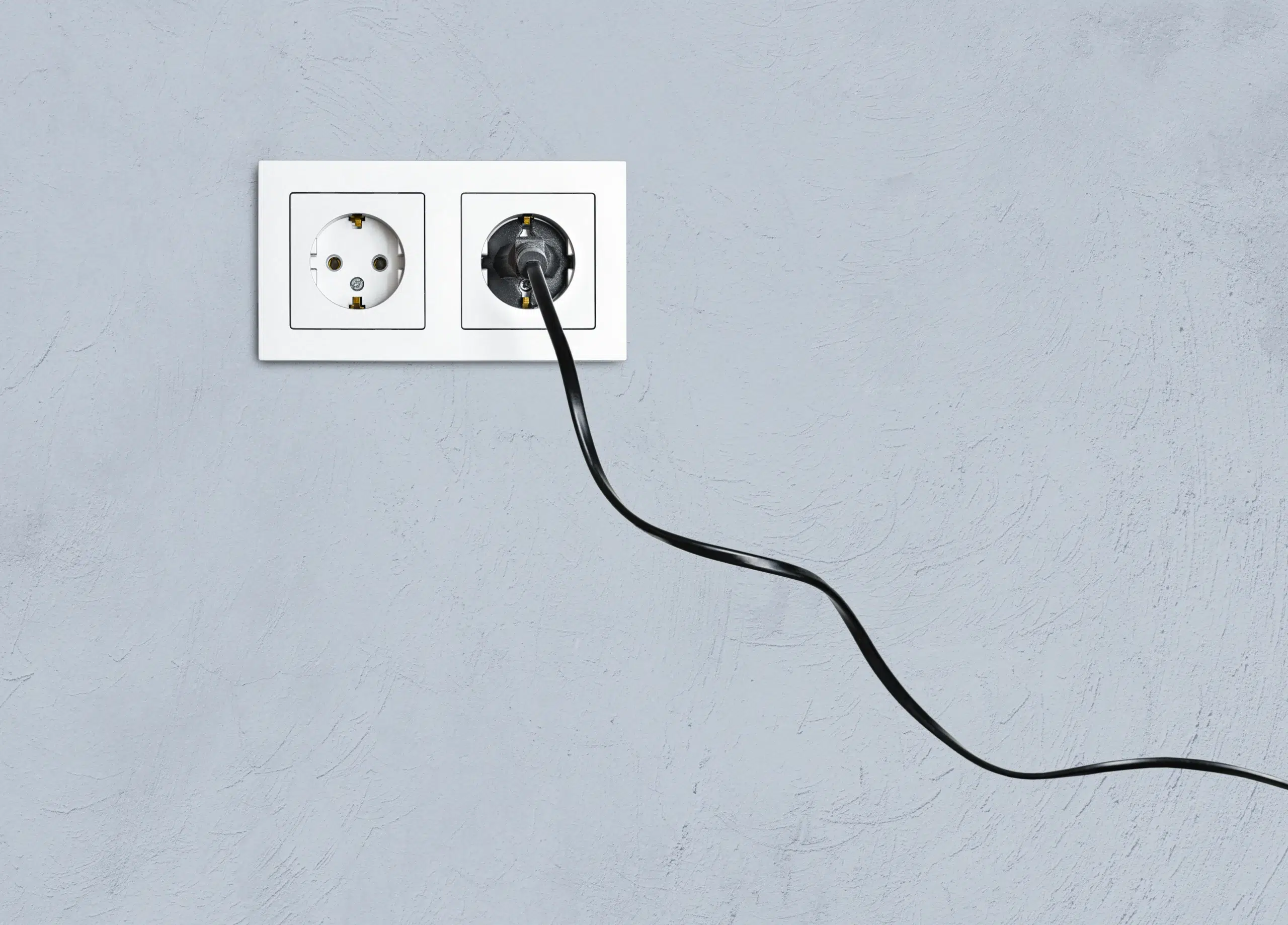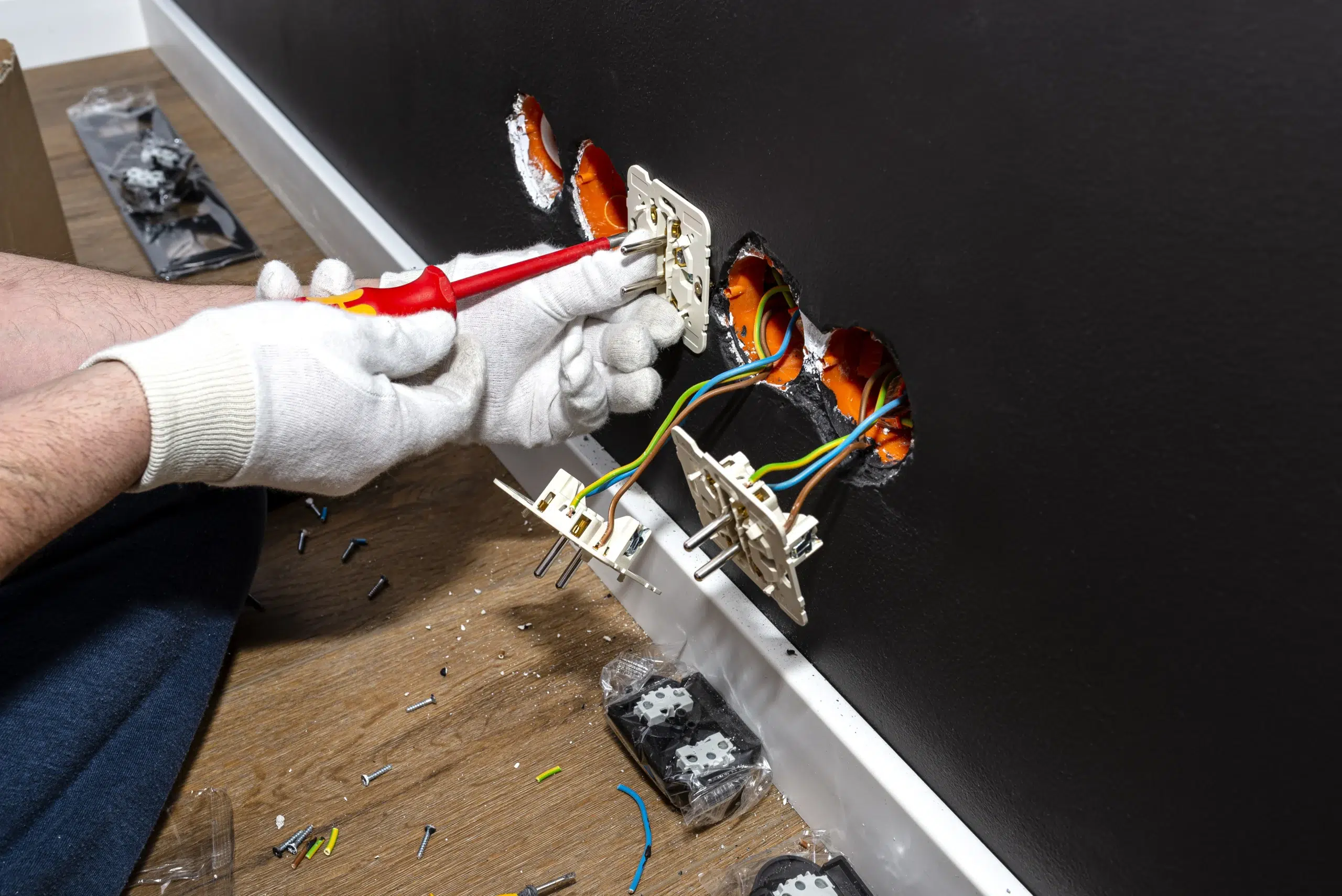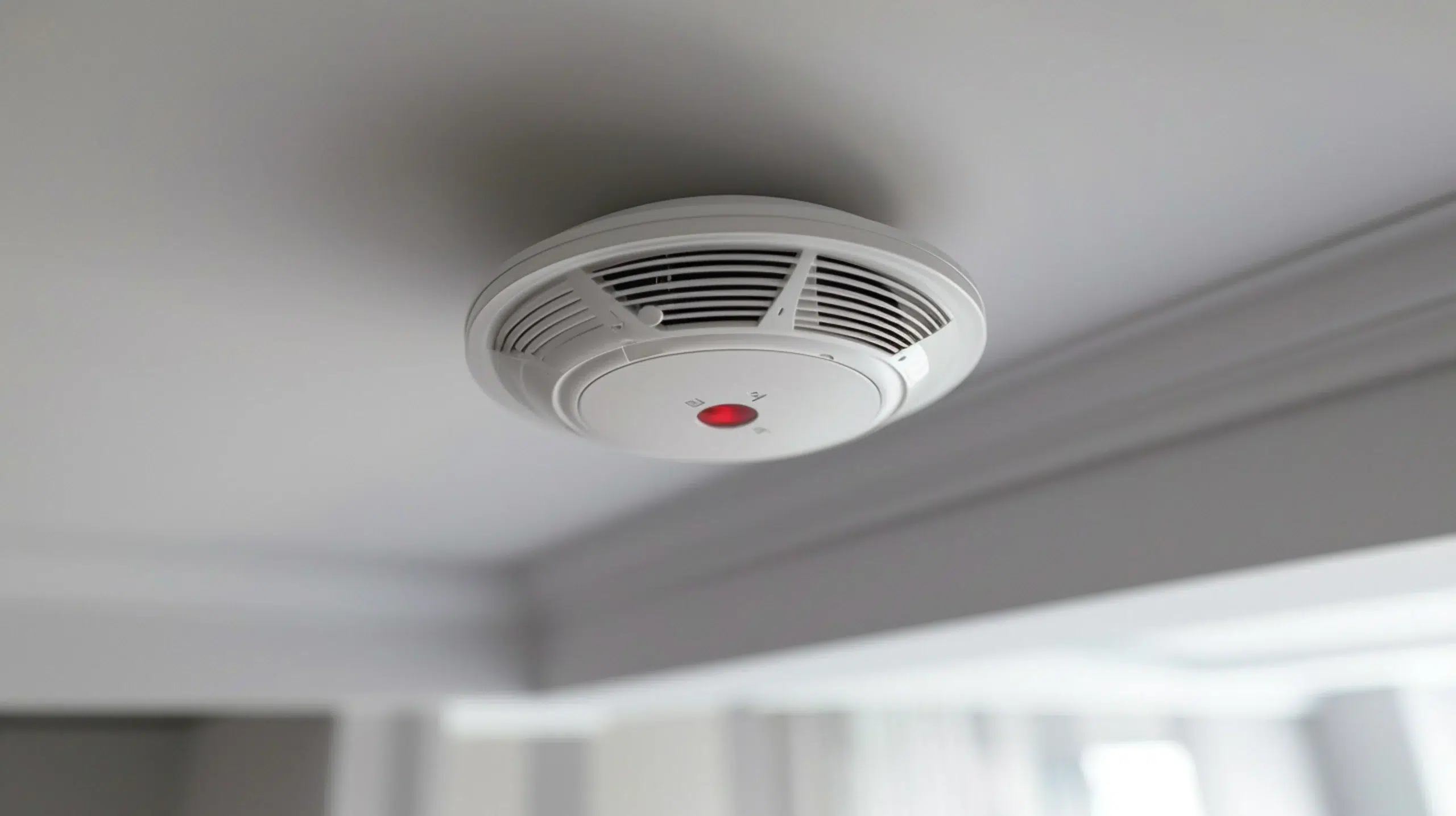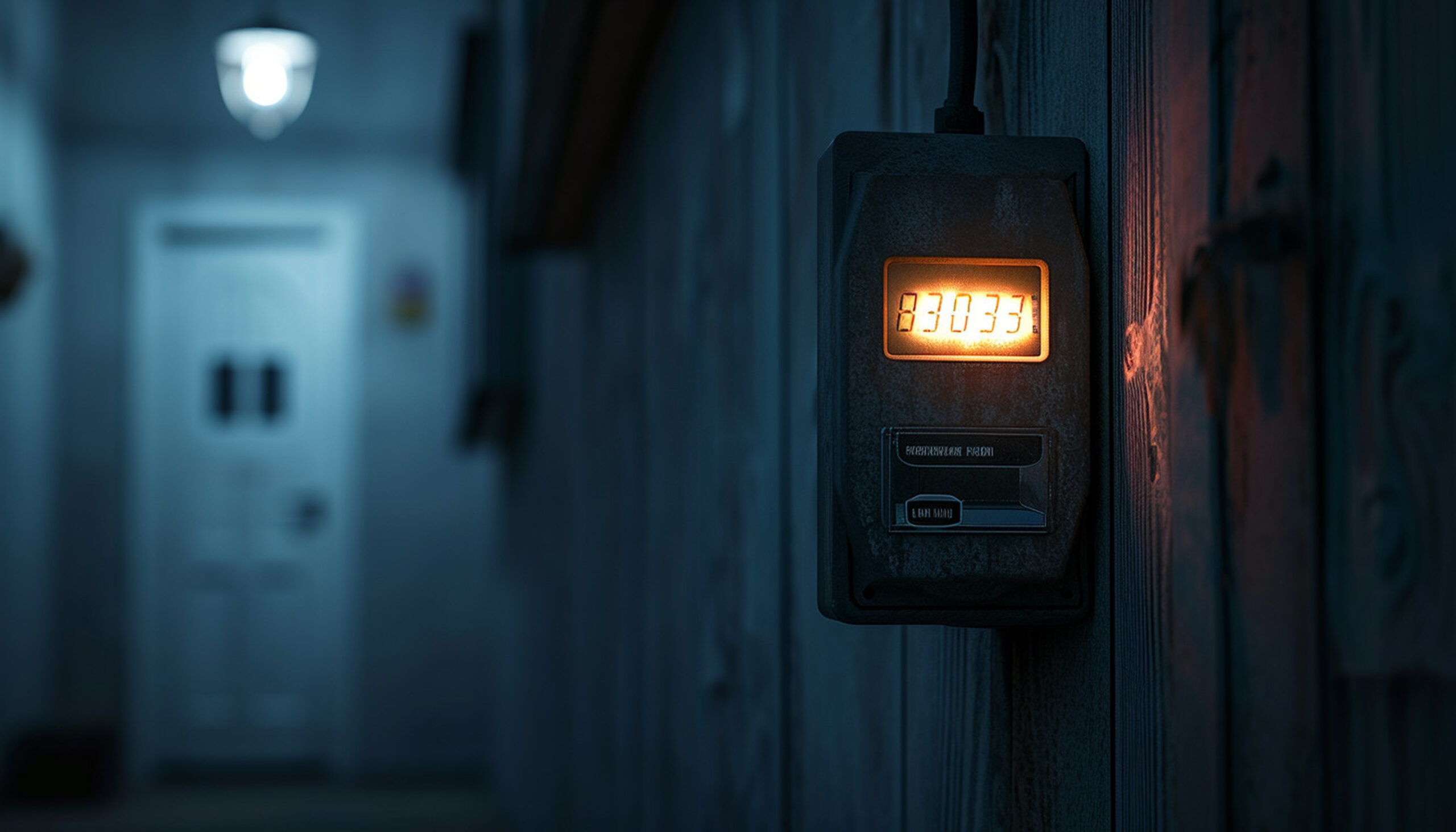Electrical faults are a significant fire hazard in many homes. Any issue with wiring or circuits, or having obsolete electrical systems, can cause heat, sparks, or arcing. This can burn or ignite anything near the wiring. Being aware of these warning signs, mistakes, and the threats from them, along with having safety switches, helps homeowners in their fire prevention efforts and prevents electrical fires in their homes.
Electrical defects occur when electrical systems malfunction, resulting in abnormal current flow. These flaws can cause arcing, heat, or sparks, thereby raising your home’s electrical and fire risk, and underscoring the importance of electrical safety.
What Are Electrical Faults?
When components of an electrical system malfunction, they create electrical defects. This failure disrupts the usual flow of electricity and generates problems like unusual current pathways, overheating, and sparks. If not quickly corrected, these flaws—which might result from malfunctioning appliances, broken wiring, damaged extension cords, or improper electrical work or system wear—pose a great risk.
Why Electrical Faults Are Dangerous
If electrical faults occur, they can cause sparks, overheated components, or electrical arcing, which might spark a fire. A faulty connection can interrupt the power supply, damage systems, or make them hazardous. Identifying and resolving problems early, along with ensuring that circuit breakers are functioning properly, helps to safeguard your home and prevent possible fires.
Common Types of Electrical Faults
Short Circuits
A short circuit is the result of electricity flowing along an unintended path, frequently due to damaged insulation or wires coming into contact. Strong heat and sparks produced by this unexpected burst of electricity can rapidly burn adjacent items. Short circuits are a common cause of electrical fires and require a quick response to prevent major damage or harm.
Ground Faults
Ground faults occur when electrical current passes from a circuit to the ground via an unintended pathway, such as defective appliances or damaged wiring. Both overheating and electric shocks can result from this leakage. Ground faults allow electricity to flow where it shouldn’t, potentially igniting surrounding flammable objects or damaging electrical components and increasing fire danger.
Arc Faults
Arc defects result from a high-energy discharge or “arc” generated when electricity leaps between two conductors. Strong heat and sparks generated by this arcing can ignite nearby items such as wood or insulation. In home electrical systems, arc faults related to faulty electrical equipment are especially dangerous as they often go unnoticed until electrical fires start major fires.
Overloaded Circuits
An overloaded circuit occurs when the devices on a single circuit consume more power than it can safely supply. Due to the increased load, wires heat up, which can melt the insulation and raise the risk of fire. It’s easy for circuits to become overloaded in places where many appliances or devices are connected to just one outlet, power board, or extension cord.

How Electrical Faults Cause Fires
Short Circuits
When wiring is damaged or uncovered, an electrical current can flow along an unplanned route, resulting in a short circuit. This sudden redirection causes a large electricity flow to move via a different path, often hitting and damaging faulty electrical outlets and other electrical elements, increasing the chance of fires.
How it occur
When wiring is damaged or uncovered, an electrical current can flow along an unplanned route, resulting in a short circuit. This sudden redirection causes a large electricity flow to move via a different path, often hitting and damaging faulty electrical outlets and other electrical elements, increasing the chance of fires.
Sparks and overheating
An electrical surge caused by a short circuit leads to rapid heating and sparking in the wires. When internal heat is very high, it melts insulation and may trigger fires, or sparks can directly start a fire. If the temperature becomes too high, electrical parts may suffer damage and become more dangerous, making it essential to have a fire blanket on hand.
Overloaded Circuits
An overwhelmed circuit occurs when too many electrical devices simultaneously consume power from a single circuit. This strains the electrical system, especially when using multiple power strips, increasing the risk of heat buildup, failures, or fires as cables and components carry more current than they were designed for.
Excess demand on a single circuit
If multiple appliances or devices are connected to the same circuit, the total electrical demand may exceed the wire and breaker’s capacity. The circuit is forced to run more current than originally intended, especially if too many light fixtures are connected, potentially causing overheating and damaging electrical components.
Heat buildup and potential ignition
Heat builds along cables and connectors when excess current passes through overloaded wires. Prolonged heat can compromise wire integrity and melt insulation. If left unaddressed, this heat can ignite nearby materials, such as wood or drywall, leading to a hazardous house fire.
Loose or Damaged Wiring
Loose or damaged wiring occurs when electrical connections fail or wires degrade over time. This may result from physical wear, corrosion, or rodent activity. Such circumstances, like faulty wiring, lead to poor electrical contact, increasing the likelihood of sparks, overheating, and electrical faults that can cause fires.
Corrosion, wear and tear, rodent damage
Corrosion weakens wire connections by causing the metal to degrade, while insulation and wiring integrity are compromised by normal wear and tear. Rodents create fault points by chewing on exposed wires and conductors. These factors significantly increase the likelihood of short circuits, electrical arcing, and heat generation, thereby raising fire risk.
Increased resistance leading to overheating
Loose or damaged wiring increases electrical resistance, which forces wires to work harder to carry electricity. This resistance generates excess heat, which can melt nearby materials and damage insulation. Over time, this overheating may start fires, particularly when wires are hidden behind ceilings or walls.
Prevention Tips for Electrical Faults
Regular electrical inspections
Regular electrical inspections are essential to detect faults before they become serious issues. Licensed electricians thoroughly check outlets, wiring, and electrical panels for wear, damage, or outdated components. Early identification and prompt repairs by a qualified electrician help reduce the risk of electrical fires and ensure your home’s system remains safe and compliant.
Avoiding overloading outlets and extension cords
Avoid plugging too many devices into a single socket or extension lead to prevent circuit overloads. Distribute the electrical load across several circuits to reduce heat buildup and fire risk. Use extension cords only for short-term needs, and avoid daisy-chaining multiple cords, as this increases the chance of overheating or faults.
Safe use and maintenance of appliances
Proper use and routine maintenance of appliances can reduce the risk of failure. Never use appliances with frayed wires, always follow the manufacturer’s instructions, and unplug devices when not in use. Regularly check for signs of wear or malfunction. Well-maintained appliances are less likely to start fires or cause electrical problems.
Upgrading old wiring systems
Older wiring may not safely support modern electrical demands or comply with current safety standards. Upgrading with modern materials reduces fire risks and improves the system’s ability to handle today’s appliances. New wiring systems are designed to prevent faults like short circuits and overloads, providing safer and more reliable power for your home.
Conclusion
Electrical faults are extremely dangerous and can cause fires, particularly in older homes or those with overloaded circuits. Recognising the warning signs can help you prevent ground faults, arc faults, short circuits, and overloaded circuits—answering the question of how electrical faults can cause house fires. A safe home relies on careful appliance use, proper handling, and regular inspections of your wiring. Following these guidelines can help prevent many electrical fires in your home.
FAQ's
What is the most common electrical fault that causes house fires?
The most common electrical fault causing house fires is a short circuit. It produces sparks and excessive heat that can ignite nearby materials, posing a significant fire risk if left unaddressed.
How can I tell if my home has electrical issues?
Signs include flickering lights, frequent breaker trips, burning smells, or discoloured outlets. A professional inspection is the best way to confirm.
Are old homes at greater risk of electrical fires?
Yes, older homes often have outdated wiring and systems that are more prone to faults and fire hazards.
Can using too many extension cords cause a fire?
Yes, using too many extension cords can cause a fire. Using Class E fire extinguishers can mitigate the risk of overloading cords, which increases heat buildup, potentially melting insulation and igniting nearby materials, especially if cords are damaged or improperly used.
How often should I have an electrical inspection done?
It is recommended to have an inspection every 3–5 years or immediately if you notice signs of electrical problems.
93 Exley Road Wedderburn NSW 2560 Campbelltown & South West Sydney
Why Installing Your Own EV Charger Could Void Your Car’s Warranty and Insurance
Why Installing Your Own EV Charger Could Void Your Car’s Warranty and Insurance Category: The...
Read MoreThe Hidden Damage Rodent Cause to Electrical Wiring and Insulation
What Does a Pre-Installation EV Charger Inspection Entail? Category: Installing an EV charger at your...
Read MoreThinking of Installing an EV Charger in Your Apartment or Shared Parking Area? Here’s What You Need to Know
Thinking of installing an EV charger in your apartment or shared parking area? Here’s what...
Read MoreIs It Safe to Install an EV Charger Outdoors in Sydney’s Weather Conditions?
How to Choose the Right Gate Intercom for Your Property Category: The increased availability of...
Read MoreHow to Choose the Right Gate Intercom for Your Property
How to Choose the Right Gate Intercom for Your Property Category: Selecting the appropriate gate...
Read MoreThe Light Switch Feels Warm or Smells Burnt — What Should I Do?
The Light Switch Feels Warm or Smells Burnt — What Should I Do? Category: Light...
Read MoreWhy Do I Get a Small Electric Shock from My Appliances?
Why Do I Get a Small Electric Shock from My Appliances? Category: Small electric shocks...
Read MoreElectrical Surges Damaging Your Appliances? Here’s What You Can Do
Electrical Surges Damaging Your Appliances? Here’s What You Can Do Category: An electrical surge refers...
Read MoreWhat are the types of smoke Alarms and How Does It Work?
What are the types of smoke Alarms and How Does It Work? Category: A smoke...
Read MorePower Outage in Just One Room? Here’s What Could Be Causing It
Power Outage in Just One Room? Here’s What Could Be Causing It Category: Experiencing a...
Read More
